Lesson summary
Students explore ways that visual arts processes and materials are combined to communicate ideas across cultures by conducting research and using the findings to create their own artwork. They will identify the traditional art practices of a chosen country and their involvement in the Commonwealth Games. Using this information, students will apply their knowledge of materials and processes traditional to that country to convey their research findings.
Learning intentions
Students will:
- explore traditional art forms of Commonwealth countries
- create artworks in a variety of styles to represent Commonwealth countries.
Success criteria
Students can:
- identify traditional art styles and elements
- apply knowledge to create a representational artwork that conveys a story.
Lesson guides and printables
Curriculum links
Select your curriculum from the options below.
Lesson details
Skills
This lesson is designed to build students’ competencies in the following skills:
- creative thinking
- critical thinking
- collaboration
- communication
- community engagement
- cultural understanding
Curriculum Mapping
Australian Curriculum (v9.0) content description:
Year 5 and 6 Visual Arts
- Students learn to explore ways that visual conventions, visual arts processes and materials are combined to communicate ideas, perspectives and/or meaning in visual arts across cultures, times, places and/or other contexts (AC9AVA6E01).
- Students learn to explore ways that First Nations Australians use visual arts to continue and revitalise cultures (AC9AVA6E02).
- Students learn to experiment with, document and reflect on ways to use a range of visual conventions, visual arts processes, and materials (AC9AVA6D01).
Relevant parts of Year 5 and 6 Visual Arts achievement standards: Students explain the ways that visual conventions, visual arts processes and materials are used in artwork they create and/or experience. They describe how artworks created across cultures, timeless, places and/or other contexts communicate ideas, perspectives and/or meaning. They describe how visual arts are used to continue and revitalise cultures. Students develop and document ideas for their own artworks.
General capabilities: Critical and Creative Thinking
Cross-curriculum priority: Aboriginal and Torres Strait Islander Histories and Cultures, Asia and Australia’s Engagement with Asia.
Level of teacher scaffolding: Medium – the teacher will need to confidently facilitate class discussions and encourage students to complete an artwork inspired by online research.
UN Sustainable Development Goals
- Target 4.7: By 2030, ensure that all learners acquire the knowledge and skills needed to promote sustainable development, including, among others, through education for sustainable development and sustainable lifestyles, human rights, gender equality, promotion of a culture of peace and non-violence, global citizenship and appreciation of cultural diversity and of culture’s contribution to sustainable development.
Resources Required
- a range of art materials (e.g. coloured paper, markers, pencils, rulers, fine liners)
- device to display a map and visual presentation
- Map of the Commonwealth Countries
- Student Worksheet
- Traditional Art Practices of Commonwealth Countries Visual Explainer
- whiteboard and whiteboard markers
Additional Info
These resources have been created with the support of the Australian Commonwealth Games Team, via Commonwealth Games Australia.
The Australian Commonwealth Games Team are set to take on the athletes of he world at the Glasgow 2026 Commonwealth Games from next year, and together the more than 250 athletes in green and gold aim to be the top nation at the Games in terms of gold and overall medals won, the number of medallists, and the number of sports winning medals.
You can cheer on Australia’s best across the screens of 7 and 7Plus from 23 July 2026.
Related Professional Learning
Respectful Terminology: Engaging with First Nations peoples
Quick summary: This course equips educators with the knowledge and confidence to use respectful terminology when engaging with Aboriginal and Torres Strait Islander peoples, histories, and cultures. It explores the importance of language in fostering cultural safety, acknowledging diversity, and demonstrating respect. Educators will learn key terms, appropriate protocols, and strategies for inclusive communication, ensuring they create respectful and culturally responsive learning environments. Through reflection and practice, you will develop a deeper understanding of the impact of language and how it shapes relationships, representation, and reconciliation in education.
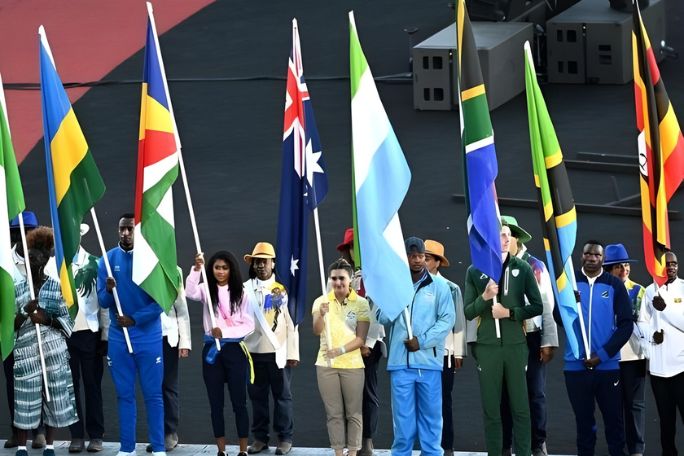
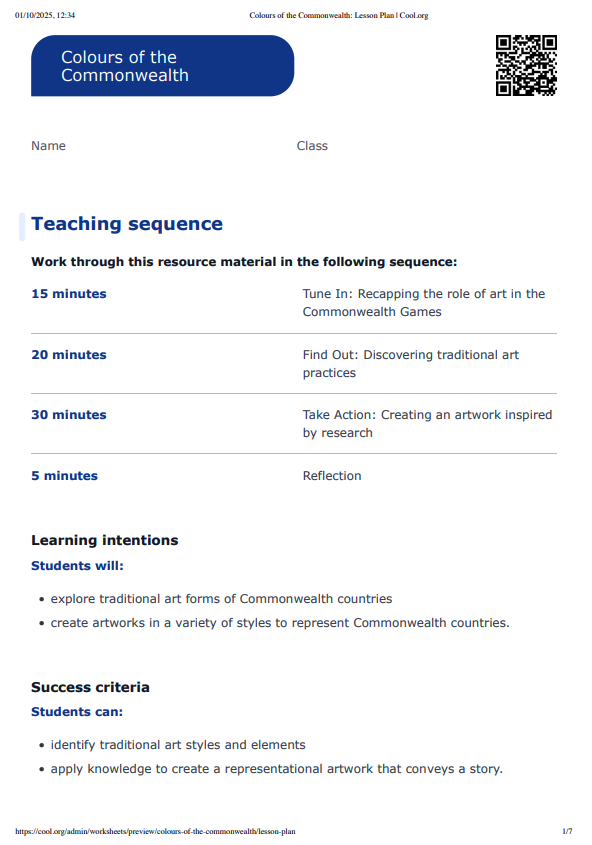
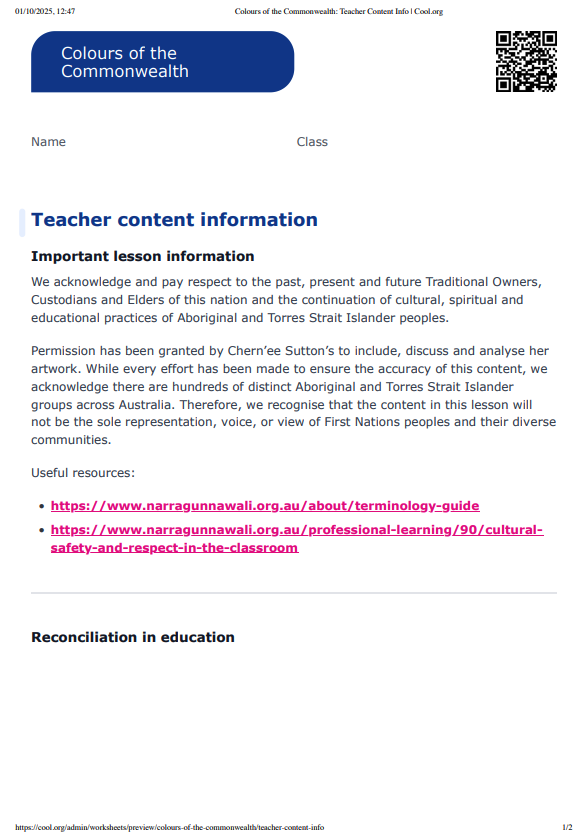
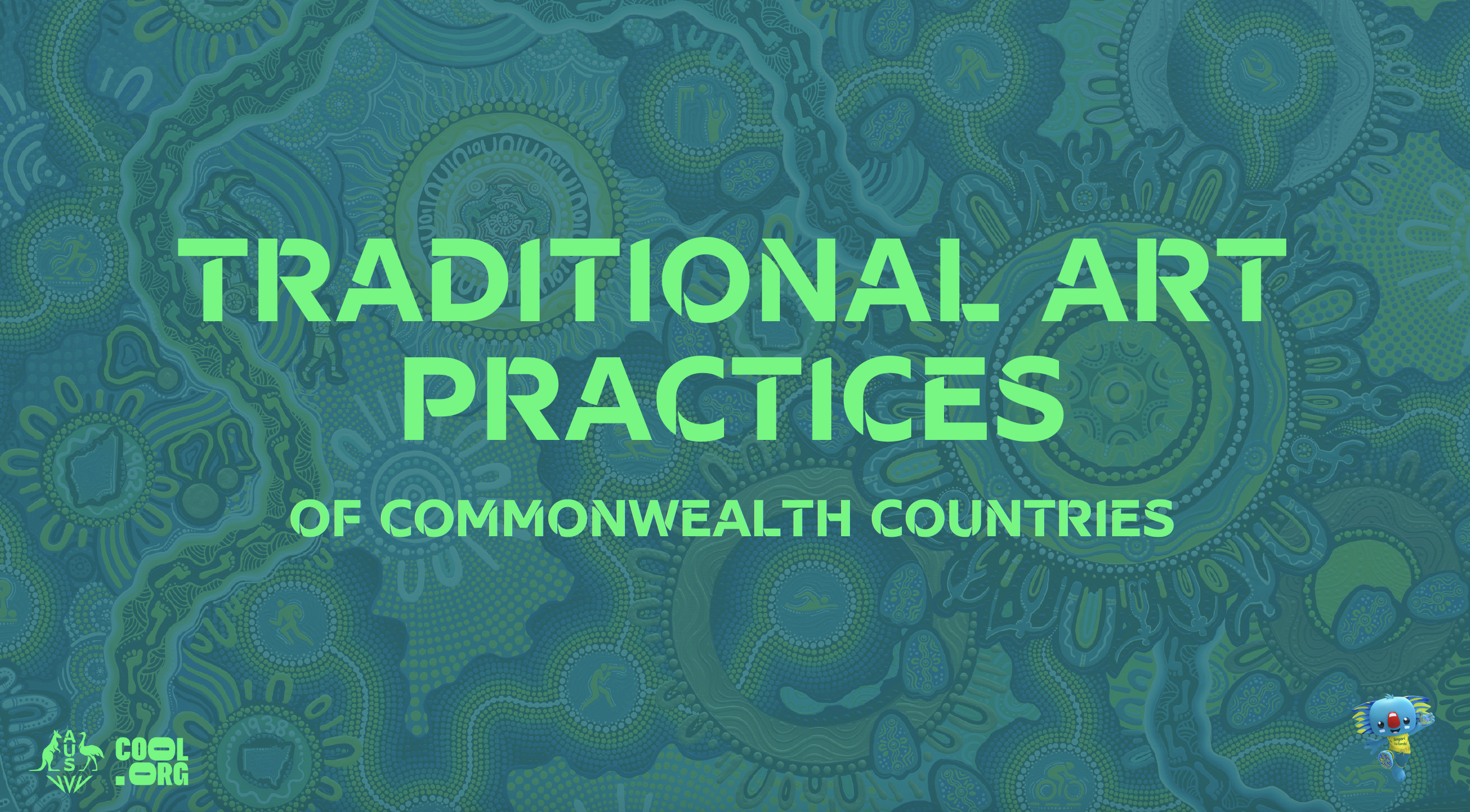
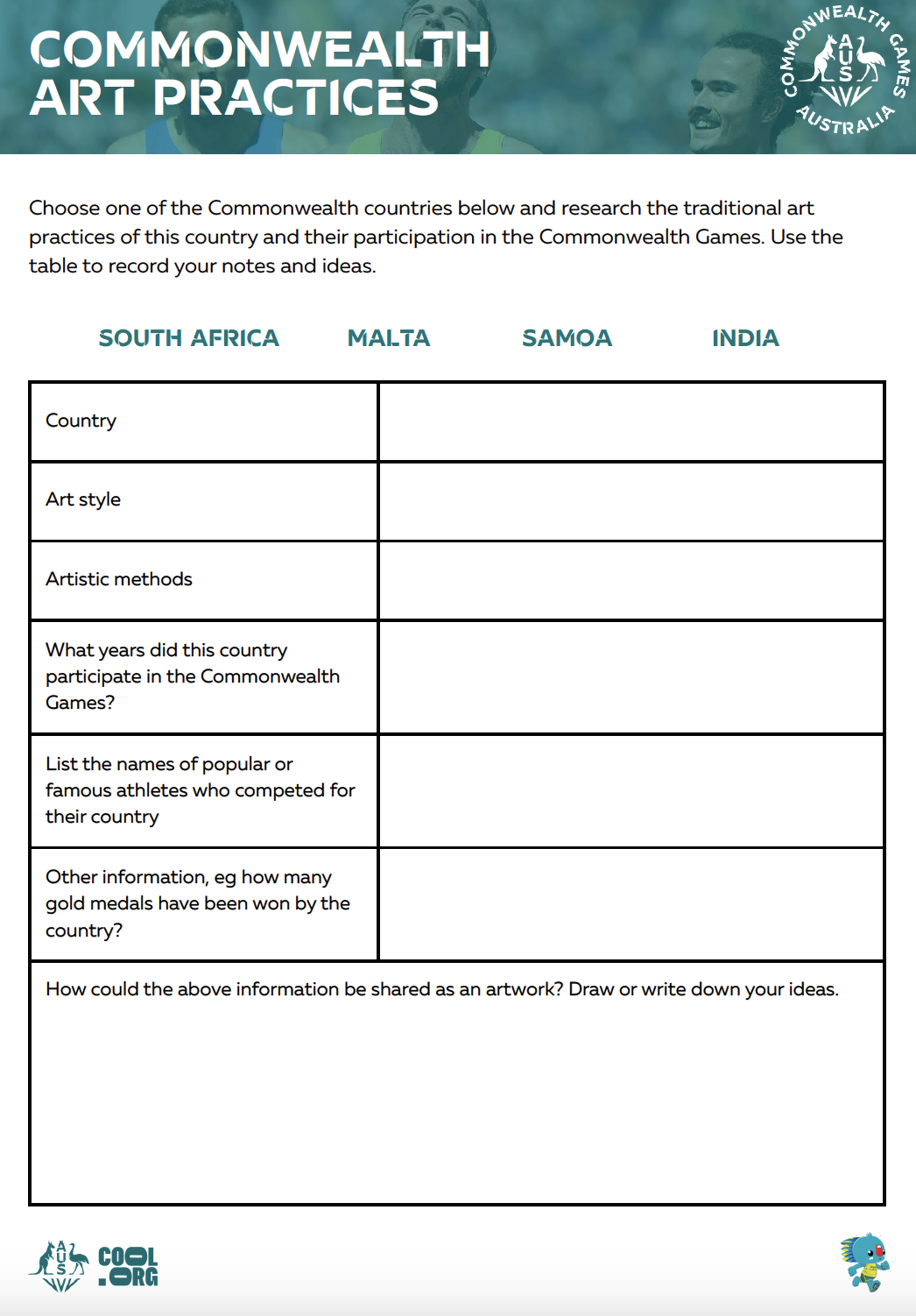
Welcome back!
Don't have an account yet?
Log in with:
Create your free Cool.org account.
Many of our resources are free, with an option to upgrade to Cool+ for premium content.
Already have an account?
Sign up with:
By signing up you accept Cool.org's Terms and Conditions(Opens in new tab) and Privacy Policy(Opens in new tab).